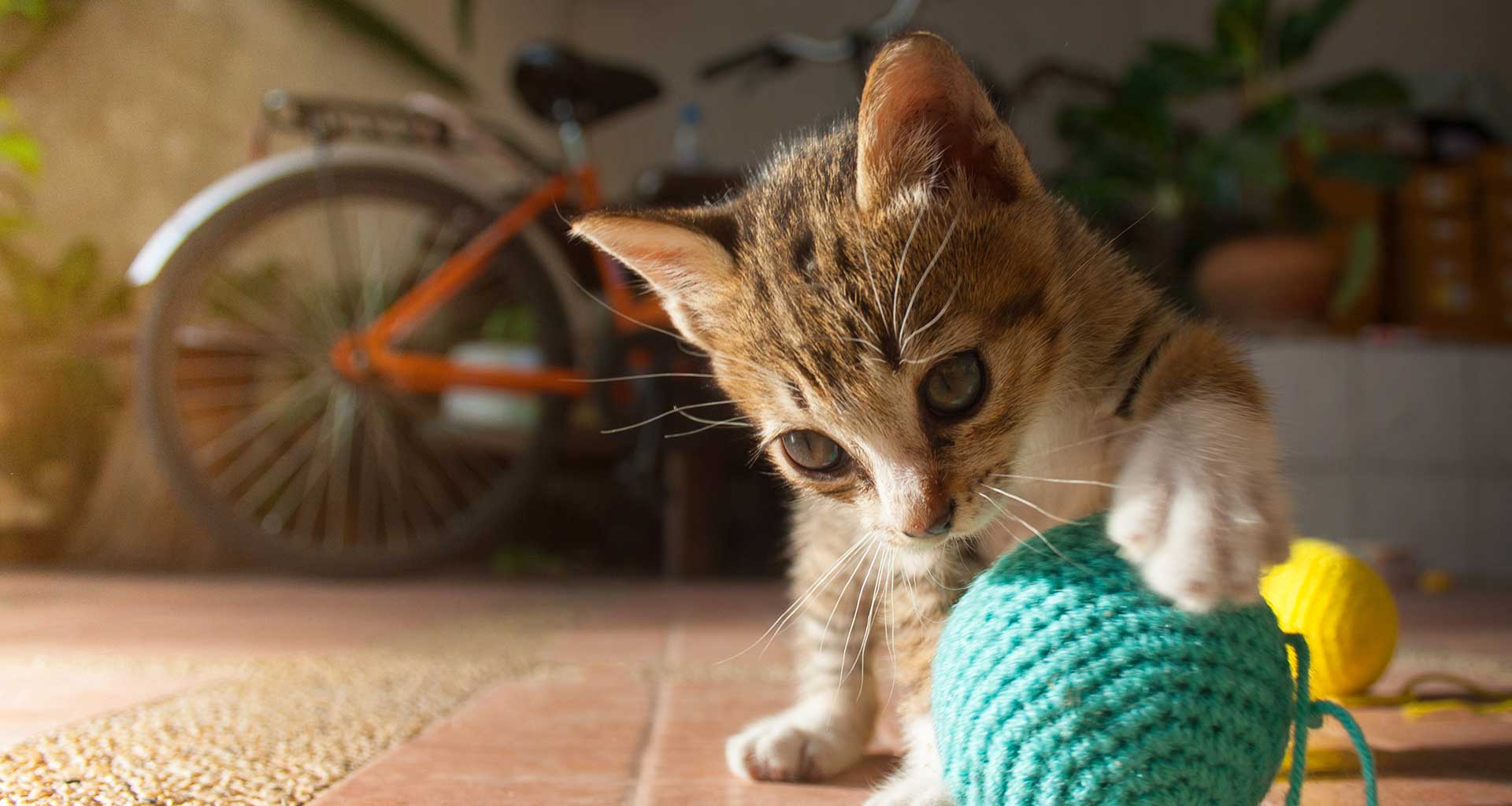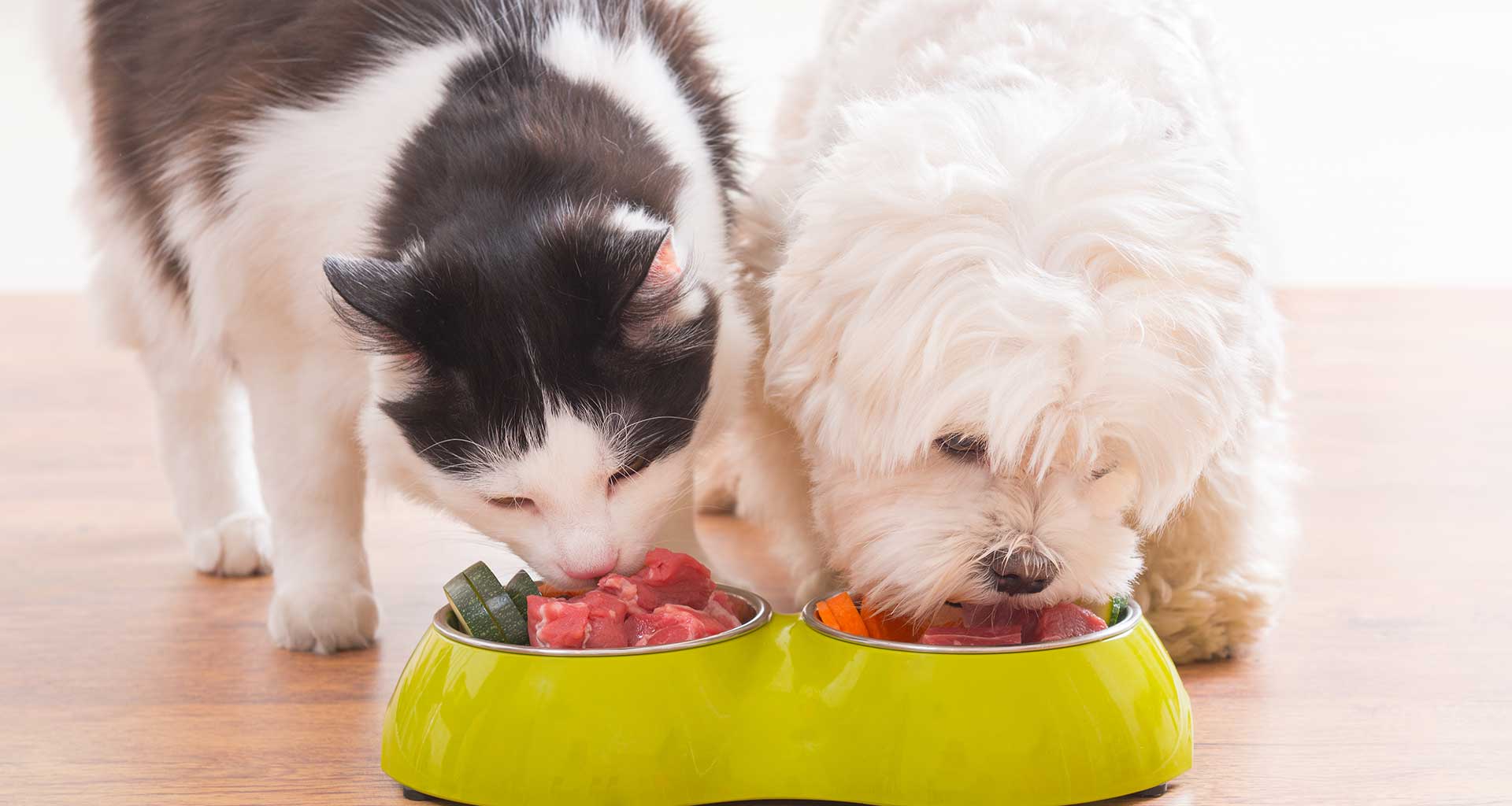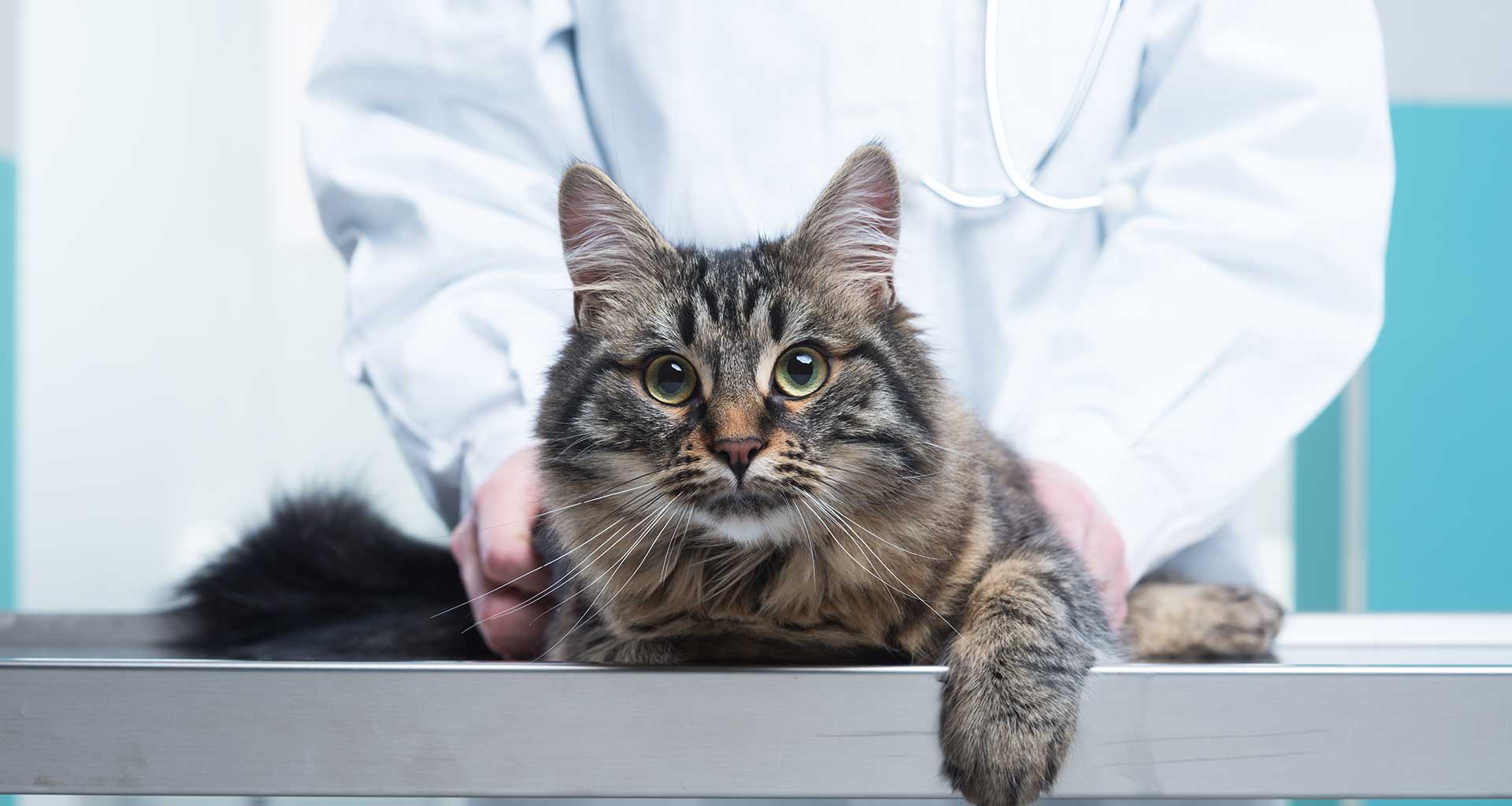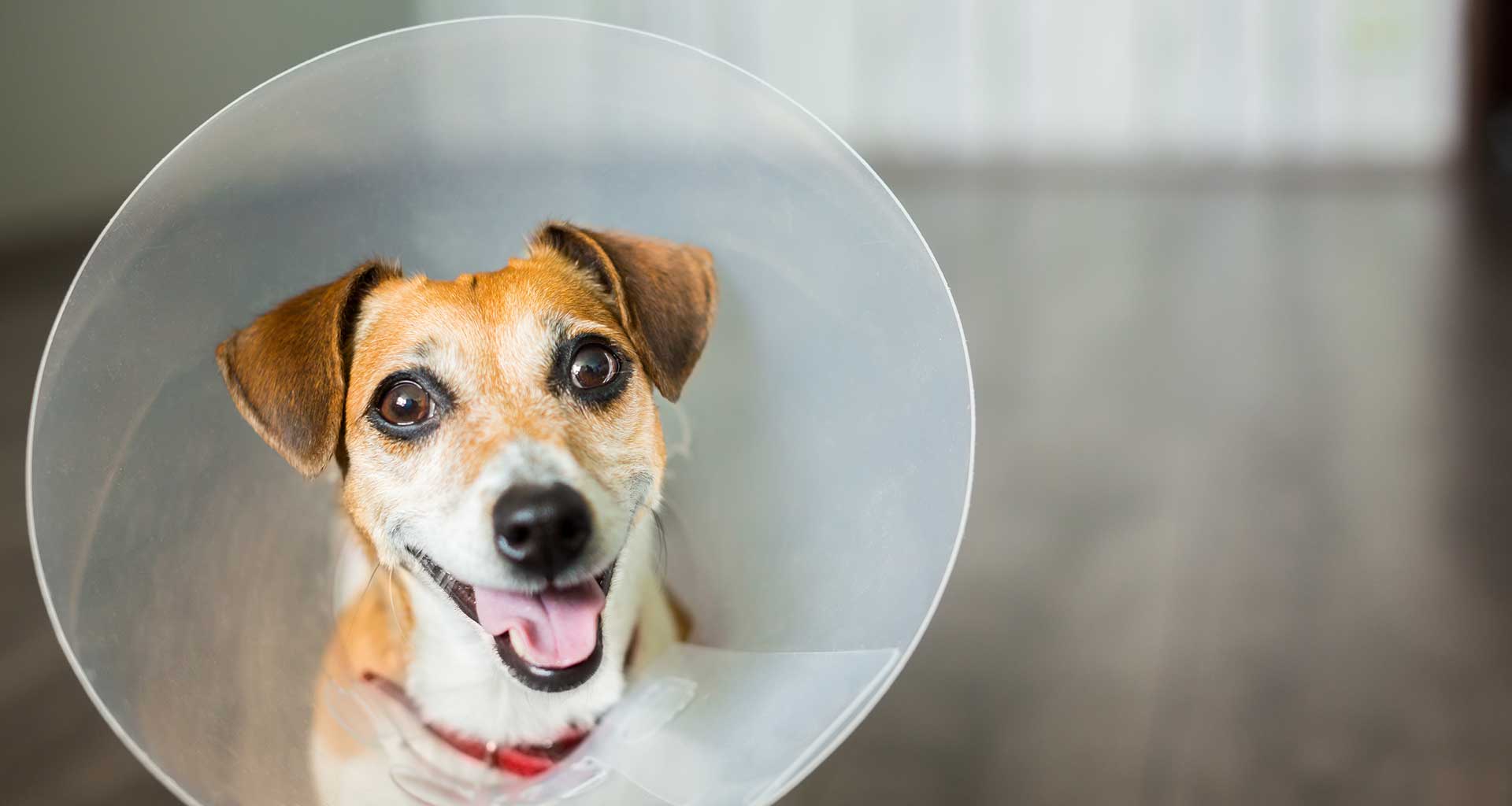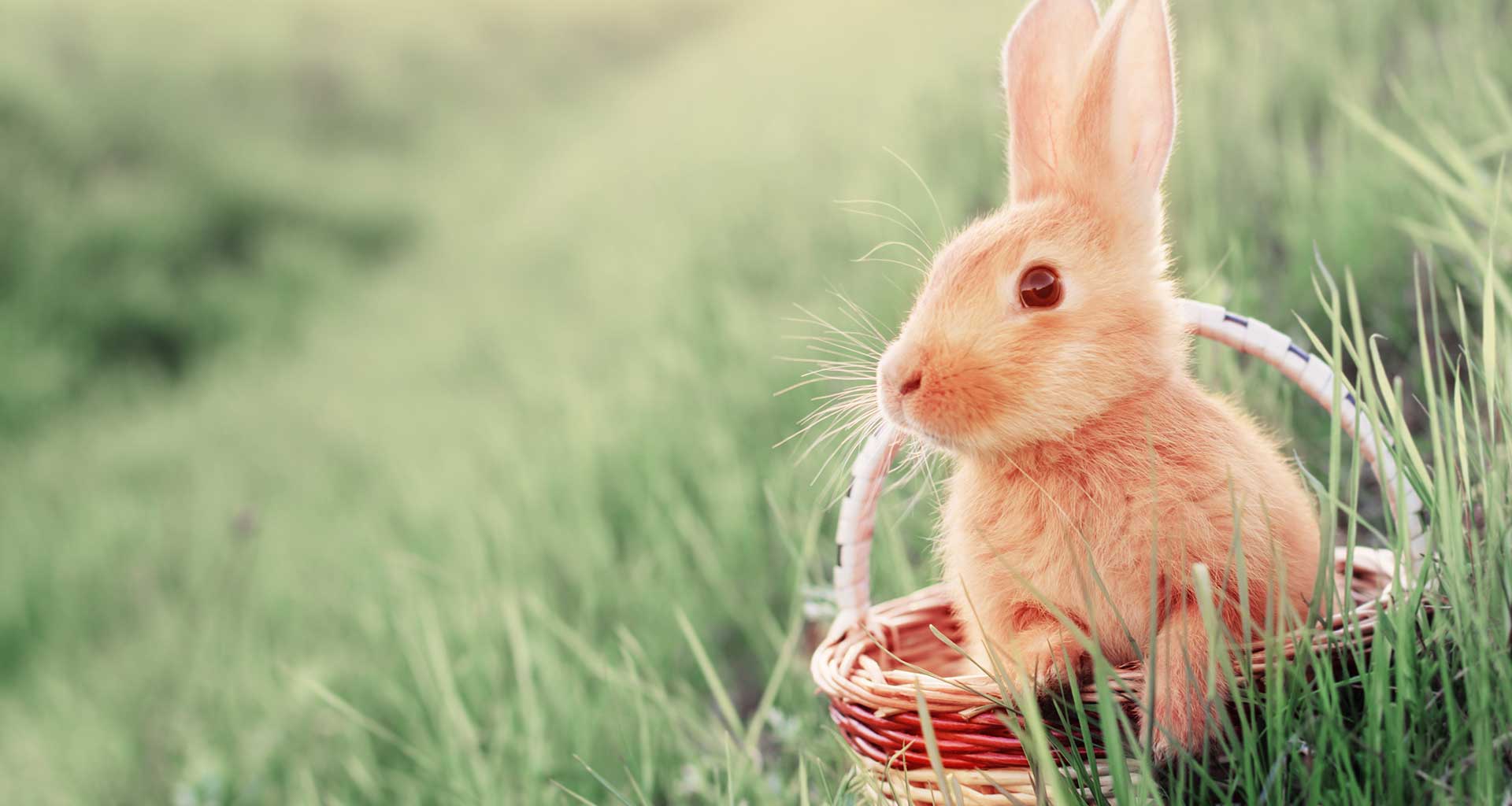Caring for Pocket Pets
We love providing the best care possible for your furry friends, no matter their size!
Pocket pets, often popular with children, are also great for adults, especially if you live in a unit or are out at work all day.
These small animals make excellent pets for the whole family. With the right nutrition and environment, they can live long, healthy lives. There’s a variety to choose from, including chinchillas, rats, mice and guinea pigs.

Types of Pocket Pets
Guinea Pigs
Overview: Guinea pigs, also known as cavies, are popular small pets known for their social, intelligent, and gentle nature. They come in various breeds, colors, and hair types, making them appealing companions for both children and adults.
Feeding and Nutrition: Guinea pigs require a diet high in protein and low in fat. Their staple diet should include a good quality commercial guinea pig food mix. Additionally, they should have unlimited access to grass hay, such as Timothy hay, which aids in digestion and prevents dental problems. Fresh vegetables like carrots, broccoli, spinach, and lettuce can be given daily in small portions. Fresh fruits like apples and strawberries can be given occasionally as treats but should not exceed 10% of their daily diet. Avoid feeding them too much sugar or citrus fruits to prevent digestive issues. Always provide clean water daily using a sipper bottle to keep it clean.
Housing and Environment: Guinea pigs need spacious housing to move around comfortably. Each guinea pig requires at least 1 square meter of floor space, with more space needed if housing multiple guinea pigs. The enclosure should have a solid bottom to protect their sensitive feet and wire mesh sides with openings no larger than 1 centimeter. Equip the cage with plenty of bedding material like paper-based products or wood shavings, and provide a nest box for privacy. To mimic their natural habitat, include various toys and items such as tunnels, chew sticks, exercise wheels, and climbing structures.
Common Issues and Preventative Measures
Dental Problems: Guinea pigs have continuously growing teeth that need to be worn down through chewing on hay or grass. Provide plenty of fresh hay daily to prevent overgrown teeth, which can cause pain and difficulty eating.
Respiratory Infections: Guinea pigs are prone to respiratory infections due to their sensitive respiratory systems. Keep their living space clean and well-ventilated. Avoid using strong-smelling cleaning products around them.
Obesity: Guinea pigs love to eat, but overfeeding can lead to obesity and related health problems like diabetes. Monitor their diet and provide appropriate portions.
Wet Tail Disease: This potentially deadly condition is caused by bacteria and can lead to diarrhea and dehydration if left untreated. Ensure proper hygiene and seek veterinary care if symptoms appear.
Regular visits to the vet are also necessary for keeping your guinea pig healthy. These check-ups help identify any potential issues before they become severe problems.
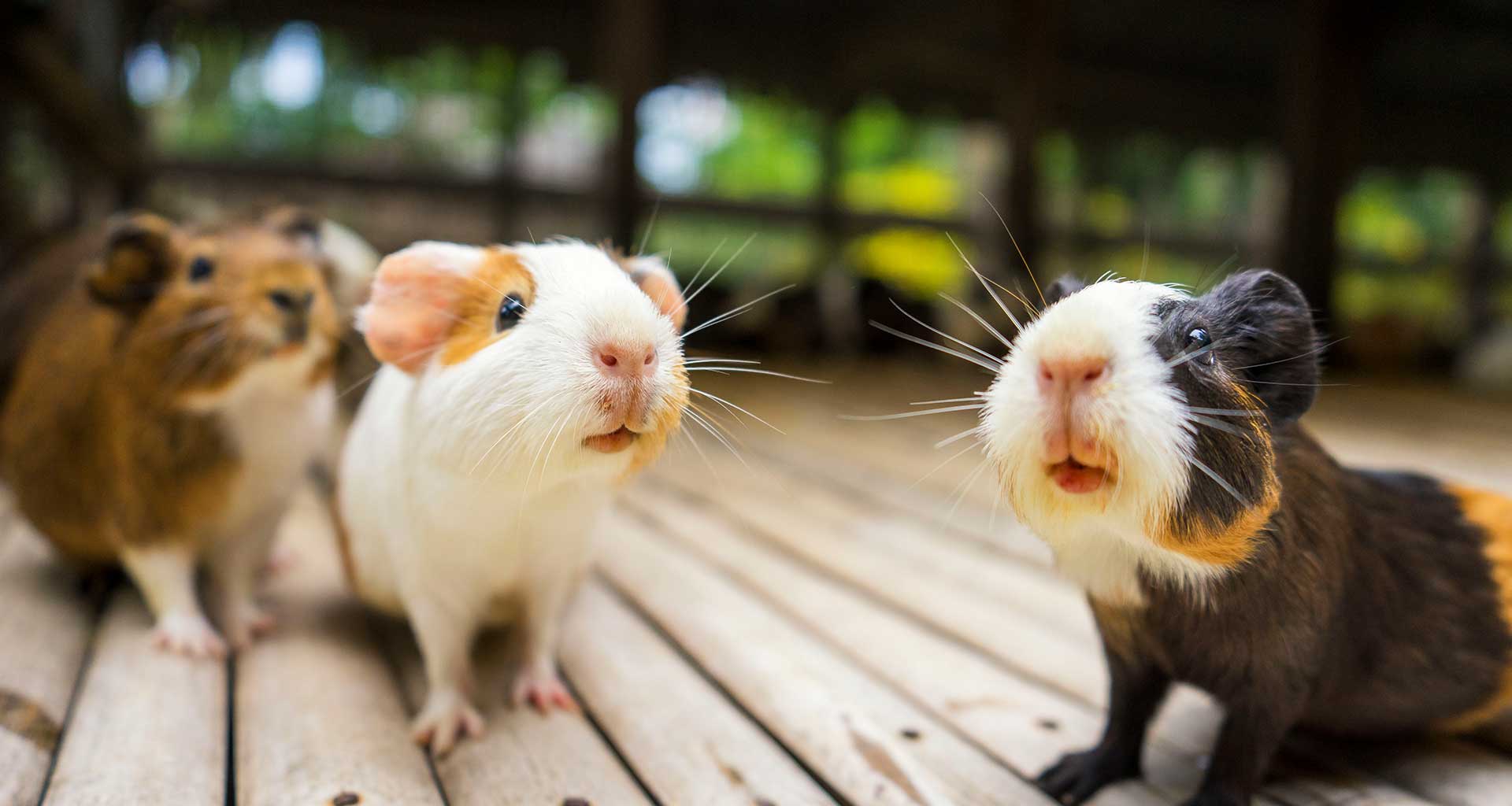
Interacting with Your Guinea Pig:
Interacting with your guinea pig is crucial for their well-being. These social creatures thrive on daily attention and interaction. Here are some tips to ensure your guinea pig stays happy and healthy:
Daily Interaction:
- Spend time with your guinea pig every day.
- Talk to your guinea pig in a soft, soothing voice.
- Gently pet and stroke your guinea pig to show affection.
- Offer healthy treats as rewards for good behavior.
Play and Exploration:
- Provide a variety of toys and activities to keep your guinea pig entertained.
- Play games like hide-and-seek or fetch with your guinea pig.
- Allow your guinea pig to explore new environments under supervision.
Bonding and Socialization:
- Bond with your guinea pig by playing, cuddling, or simply talking to them regularly.
- Socialization is important for their well-being. Introduce them to new toys and allow supervised interaction with other guinea pigs.
- Keep interactions positive and avoid punishing or scaring your pet.
By following these guidelines, you can develop a strong bond with your guinea pig and ensure they feel safe, secure, and loved in their environment. 🐹
Rats:
The most distinctive physical features of rats is their long tail, which can be as long as their body. Rats use their tails for balance and communication, often twitching them when they’re excited or scared. Another interesting trait is their teeth, which never stop growing throughout their life. This means that rats need to constantly gnaw on things to wear down their teeth. Rats also have sharp claws on each foot that allow them to climb walls and other surfaces with ease. Their fur comes in a variety of colours and textures, ranging from soft and fluffy to sleek and glossy.
The Different Breeds of Rats
Choosing the right breed of rat is an important decision for any pet owner. Domesticated rats come in a variety of colours, sizes, and personalities. Each breed has its own unique characteristics and requirements, which should be taken into consideration when selecting a pet.
It’s important to do your research before choosing a rat breed so you can find the one that best suits your lifestyle and personality.
- The Angora rat is a striking breed known for its soft, long fur and friendly nature. They are medium-sized and weigh between 300 to 500 grams and come in various colours and patterns. Their long fur requires regular grooming to prevent matting. Angora rats are highly social, intelligent, and enjoy interacting with humans and other rats. They need a spacious, enriched environment and a balanced diet. Regular grooming and clean living conditions help prevent health issues. Ideal for dedicated pet owners, Angora rats make charming and affectionate companions with their unique appearance and gentle temperament.
- The Standard (Fancy) rat is a popular pet known for its friendly and intelligent nature. These have a short, smooth coat in various colours and patterns. They are highly social animals, enjoying interaction with humans and other rats. Standard rats are easy to care for, requiring a spacious cage, a balanced diet, and regular playtime. They are intelligent and can learn tricks, making them engaging companions. With proper care, including clean living conditions and regular veterinary check-ups, Standard rats can live 2 to 3 years, and offer amazingly affectionate relationships with their owners.
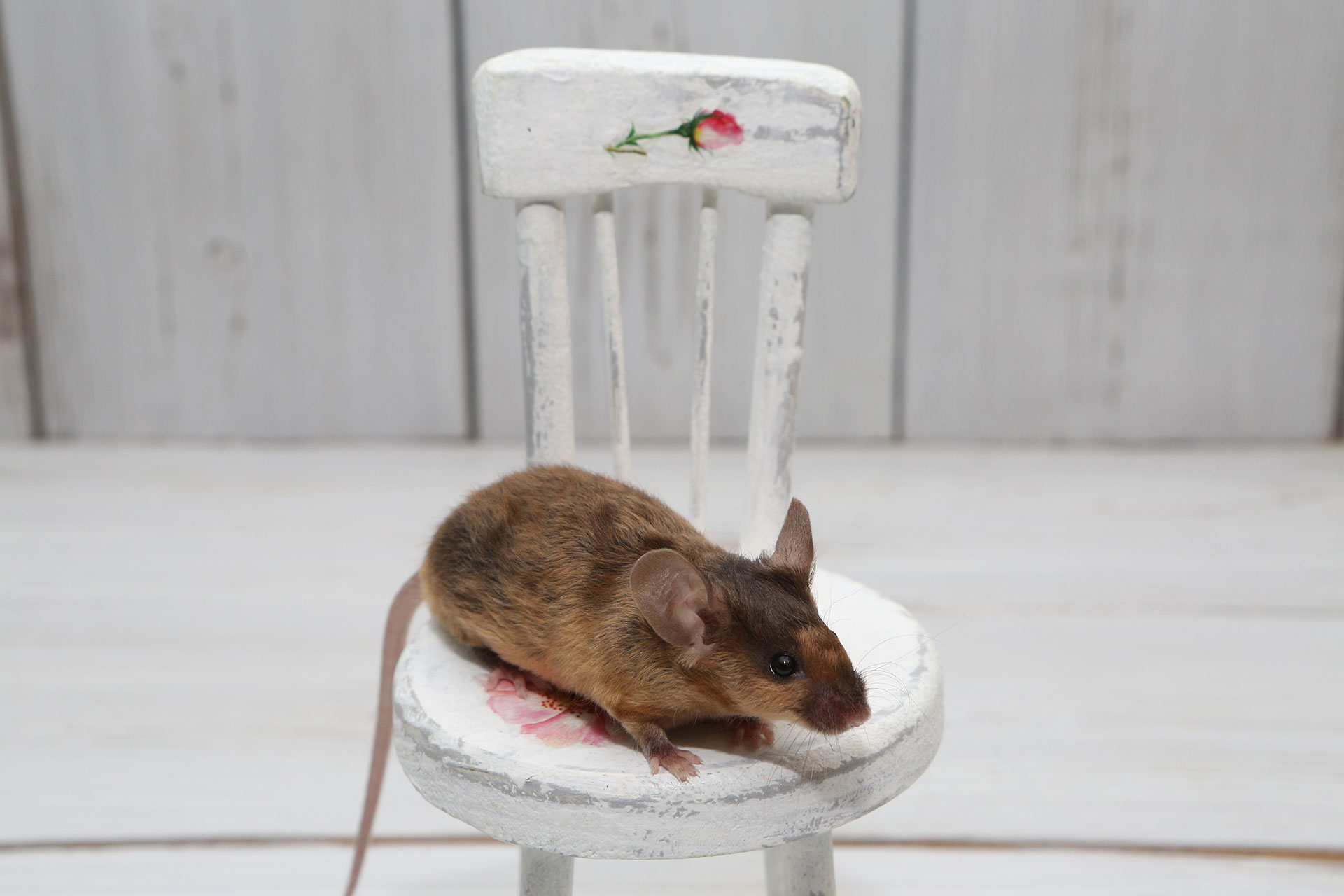
Personality and Behavior of Rats
Rats have become popular pets in recent years, thanks to their cute, cuddly appearance and playful personalities. However, these tiny creatures are much more than just adorable companions. Rats are highly intelligent animals that exhibit unique behaviours that make them fascinating to observe.
One of the most notable characteristics of rats is their social nature. These animals thrive in groups and form strong relationships with other rats. In fact, pet rats should always be kept with at least one other rat to prevent loneliness and depression. Rats are also very affectionate towards their owners and love spending time cuddling or playing games.
Despite their small size, rats are incredibly active creatures that require plenty of exercise and mental stimulation. They love exploring new environments, solving puzzles, and learning new tricks. Pet owners can keep their rats entertained by providing them with toys, tunnels, climbing structures, and challenging food puzzles.
Care: Cage setup, feeding, grooming, health
Owning a rat requires proper care to ensure they live long and healthy lives. This includes setting up the right cage environment, feeding them a balanced diet, grooming them regularly and monitoring their health.
When it comes to cage setup, rats need plenty of room to move around as they are active creatures. A single rat should have at least 2 cubic metres of space and two or more rats should have even more space. The cage should also include toys for stimulation and different levels or hiding spots for their comfort. Bedding materials such as fleece or paper-based bedding should be used instead of cedar or pine shavings which can be harmful to their respiratory system.
Common Health Issues in Pet Rats
Pet rats are cute, intelligent and social animals that make wonderful companions. However, like any other pet, rats are susceptible to certain health issues that you should be aware of as an owner. Here are some common health issues in pet rats:
- Respiratory infections: Rats have a sensitive respiratory system that can easily get infected by viruses or bacteria in the air. Symptoms include sneezing, wheezing and difficulty breathing.
- Tumours: Rats have a high risk of developing tumours, especially mammary tumours in females and pituitary tumours in males. These can affect their quality of life and require surgery or other treatments.
- Dental problems: Rats’ teeth grow continuously throughout their lives and can become overgrown if not properly worn down by chewing on hard objects. This can cause pain, infection and difficulty eating.
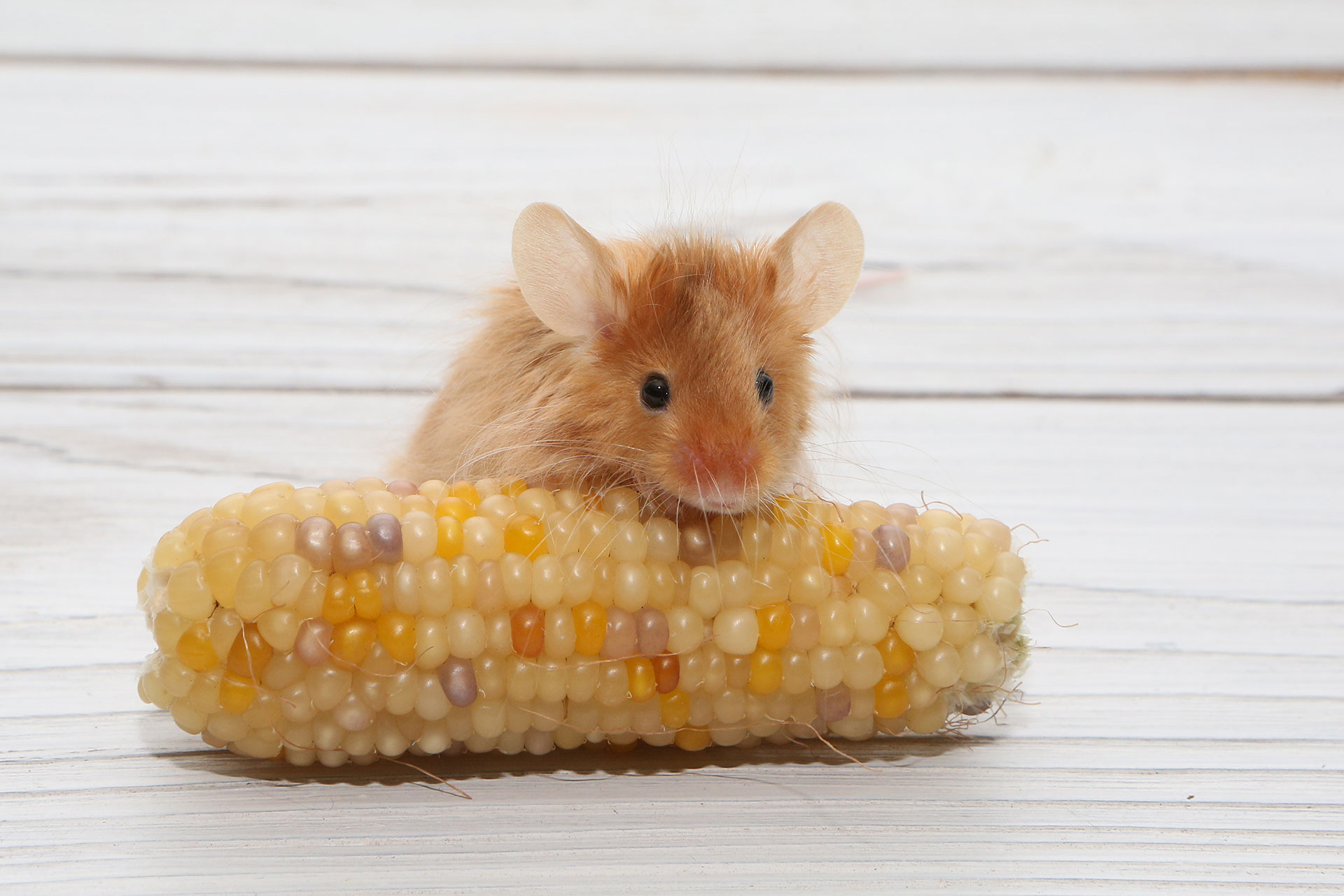
Health Checkups
When taking a rat for a health checkup, a veterinarian will perform a thorough examination to ensure the rat is in good health and to identify any potential issues early. Here’s what a typical checkup involves:
- Medical History: The vet will often ask about the rat’s medical history, diet, housing, behaviour, and any recent changes or concerns.
- General Observation: Observation of the rat’s behaviour, movement, and overall condition.
- Weight Check: Ensure they are maintaining a healthy weight.
- Eyes and Ears: Checks for eye discharge, cloudiness, or redness, and the ears for any signs of infection.
- Nose and Mouth: The nose is inspected for signs of respiratory infection, and the teeth are checked for overgrowth or misalignment.
- Skin and Fur: The skin and fur are examined for parasites, lumps, sores, or signs of dermatitis.
- Limbs and Feet: The vet inspects the limbs and feet for signs of injury, swelling, or abnormalities.
- Abdomen: Palpation of the abdomen to check for masses, swelling, or pain.
- Respiratory and Heart: The vet listens to the rat’s lungs and heart with a stethoscope to check for respiratory or heart issues.
More advanced checks or diagnostic tests will be undertaken if suitable.
Your guide to a healthy, happy chinchilla!
Chinchilla Care
Chinchillas as pets
Chinchillas are medium-sized rodents (around 400-500g) from the Andes mountains of South America. They are nocturnal and are most happy when allowed to approach their humans on their own terms, rather than being cuddled and held. For this reason, chinchillas aren’t the best pets for small children. Chinchillas will become habituated to people if handled frequently and gently.
Chinchillas live about 10-15 years on average, though up to 20 years is reported. They are completely herbivorous and fare best in pairs or small groups (of desexed individuals).
These rodents are fragile, with thin slender limbs and bones. Their defensive mechanism is generally flight, and they will jump and move quickly to escape a threat. Chinchillas can bite, however they generally will choose to flee if feeling scared. To handle safely, a chinchilla should be approached calmly, quietly and with intention. They feel safest when their back feet are on a flat surface (such as your hand or arm) and held close to your body, gently. Never grip a chinchilla by the fur as they exhibit a behavior called ‘furslip, which is when they drop their fur in an effort to escape. The fur can take 6-8 weeks to regrow if slipped.
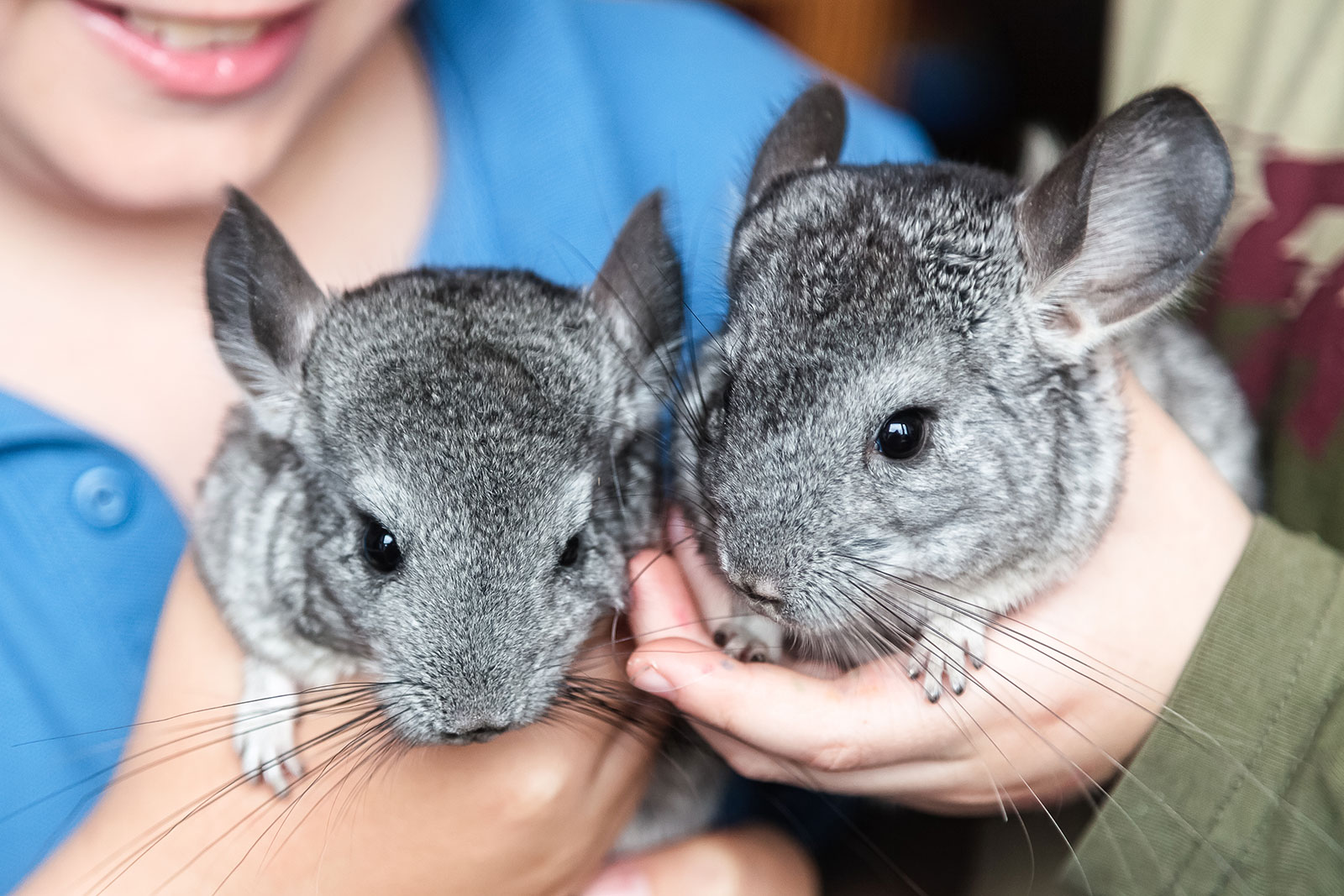
Housing and environment
The cage you choose for your chinchilla should be large, well ventilated and multi-leveled. Commercial large bird cages are ideal. The cage should have flat surfaces for the chinchilla to be able to stand flat footed if they choose. There should be some soft surfaces (such as fleece or rubber-foam – ensuring your chinchilla doesn’t chew/ ingest these) to prevent pressure sores on your chinchillas feet (which are very common). A thick layer of hay or shredded paper can also be used to create a soft (and uneven) flooring to help prevent pressure sores.
A hide box should be provided for the chinchilla to retreat to sleep in. If you have multiple chinchillas, multiple hide boxes should be provided to prevent resource aggression/ stress.
The cage should not be located in a bedroom – as chinchillas are active at night so will disturb your sleep! Equally the cage should not be located in an area that is busy during the day – so your chinchilla can sleep at their appropriate time too!
Chinchillas should be allowed nightly time outside of their cage for exercise and enrichment. They should be supervised during free-roam time to ensure they don’t get injured, damage objects/ furniture by chewing or escape! Chinchillas love tunnels, and can use large running wheels (solid, not barred).
Chinchillas keep their fur and skin in good condition by frequently dust bathing. A dust bath should be provided daily, but not left in the cage at all times. Excessive dust bathing can lead to conjunctivitis, lack of dust bathing leads to poor coat quality (greasy coat). Commercial chinchilla dust should be used; beach or play sand is not suitable.
Environmental temperatures and humidity must be controlled for chinchillas as our humidity and temperatures are very different to what their wild environment is. Chinchillas are very sensitive to heat and are prone to heat stroke. Their environmental temperatures should be kept between 10-20C. Sustained temperatures above 21C can be dangerous. Humidity should be kept around 50% for good coat quality.
Chinchillas are avid chewers and should be allowed to do so to help keep their teeth in good condition. Chinchillas teeth are elodont (continuously growing) so need to be worn down by appropriate diet and chewing opportunities. It is normal for chinchilla incisors to be yellow. Rodent safe wood chews, or natural wood sticks (like apple, nashi or hibiscus) are good options. Do not use pumice stones, which are too hard on their teeth and can lead to tooth fracture.
Feeding
Chinchillas have a very specific diet. They need to be on 80-90% hay (meadow and/ or timothy) that is topped up fresh daily. They should also be on a high quality chinchilla pellet (10-20g daily). Recommend brands include Burgess and Science Selective. Chinchillas should not be fed fresh greens/ fruit. This can lead to diarrhea and fatal gastrointestinal bacterial imbalances. Treats such as natural wood twigs can be given. Alternatively, a thumbnail sized amount of dried fruit (such as raisin, goji berry or dried apple) can be given once or twice a week. Salt and mineral stones are unnecessary and can be dangerous (leading to dehydration/ mineral imbalances).
A water bottle should be provided for chinchillas. This is safer than a water bowl, as chinchillas should not get wet. Wet fur/ skin can predispose to bacterial and fungal skin infections. Water bottles should be emptied, cleaned out and refilled daily to maintain a clean source of water.
This is also a good time to check that all parts of the bottle are working (no leaks, ball-bearing is still moving within the nozzle).
Medical care and preventative health
Annual check ups by a chinchilla-savvy veterinarian are recommended. This is to help ensure that problems are picked up early, before they start causing major disease in your chinchilla. A full physical examination will be performed. Particular attention is paid to weight, skin and coat condition, eyes, heart and lungs. A cursory dental check will be performed in consultation. The incisors of a chinchilla can be assessed easily, awake. For the molars to be checked thoroughly, an examination under anaesthesia is required (a procedure called stomatoscopy). This may be recommended by your veterinarian if your chinchilla is showing signs of possible dental disease (abnormal incisors, weight loss, appetite changes, drooling, eye discharge or nasal discharge).
Signs of illness in chinchillas include:
- Change in energy/ activity levels
- Change in dietary preferences or decreased appetite
- Wetness around the mouth, front paws or chest/ belly (can indicate dental disease)
- Discharge from the eyes
- Diarrhea
- Injuries/ wounds
- Increased respiratory noise or effort
- Heat stroke
- Fur loss/ abnormal skin condition
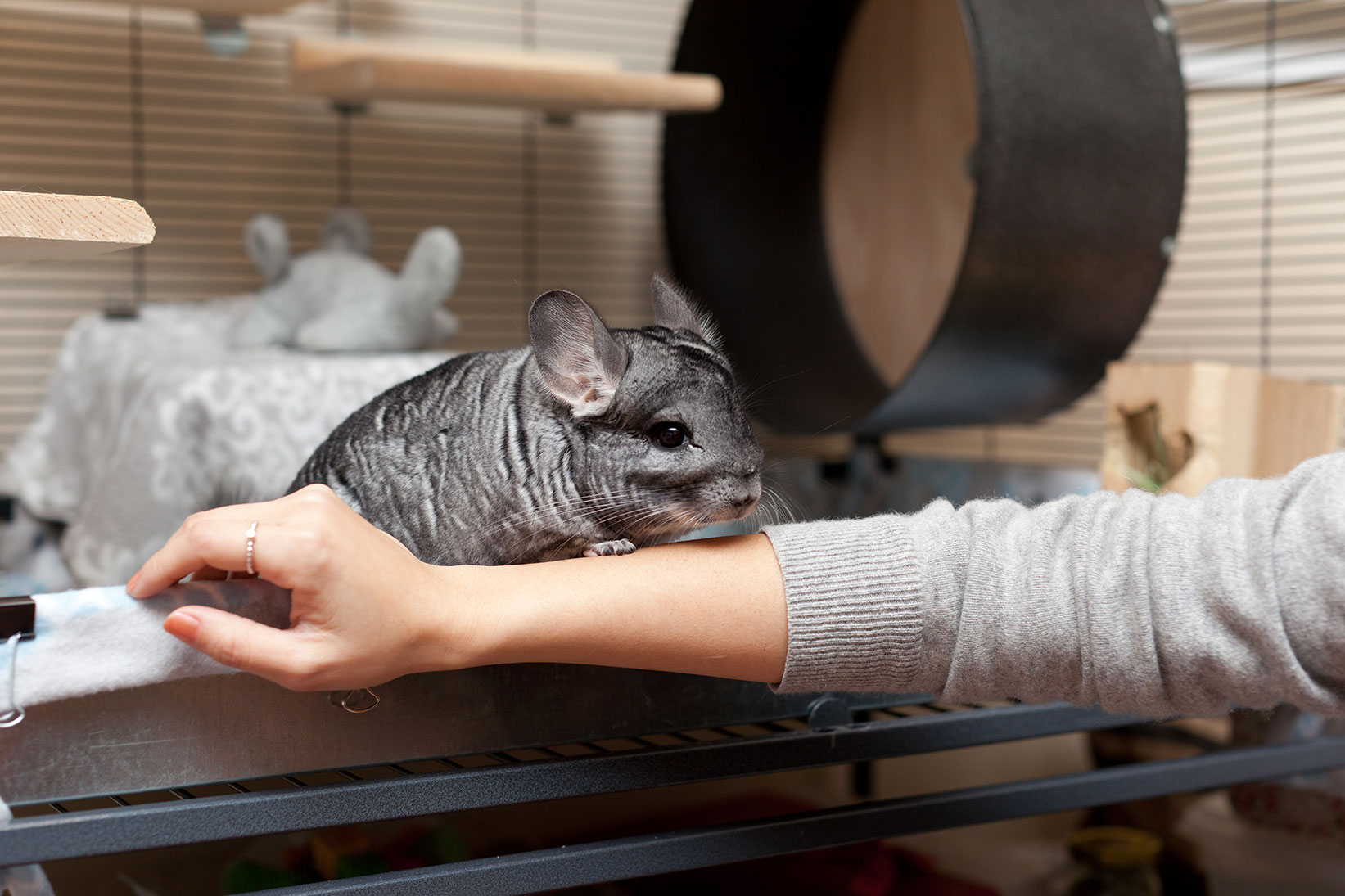
Chinchillas do not require vaccinations. They also do not require desexing if they are kept singularly (not recommended – they are social creatures!). Obviously a male and female pair
requires one of those animals to be desexed to prevent babies (it is normally recommended that the male be desexed as the procedure is lower risk than it is for females). It will be up to the individual chinchillas if they can be housed together, whether they are desexed or not (some chinchillas will bond easily, others will take a long time and others again will never bond).
Chinchillas do not require regular deworming – if there is a concern for endoparasitism, then your vet will recommend a fecal exam at their health check appointment.
Recommended websites:
Important Considerations Before Choosing a Pocket Pet:
Choosing a pocket pet can be both exciting and overwhelming. Rats and guinea pigs are popular choices as they are small and relatively easy to care for. However, before making your decision, there are several important considerations to keep in mind.
It’s essential to research the specific species you’re interested in adopting. Each type of pocket pet has its own unique needs and behaviours that must be considered before bringing them home. For instance, rats are social creatures that thrive on companionship.
It’s crucial to ensure that you have enough space for your new pet. While they may be small in size, they still require adequate living quarters where they can move around freely. Additionally, some pocket pets like guinea pigs need access to outdoor spaces or larger cages than others.
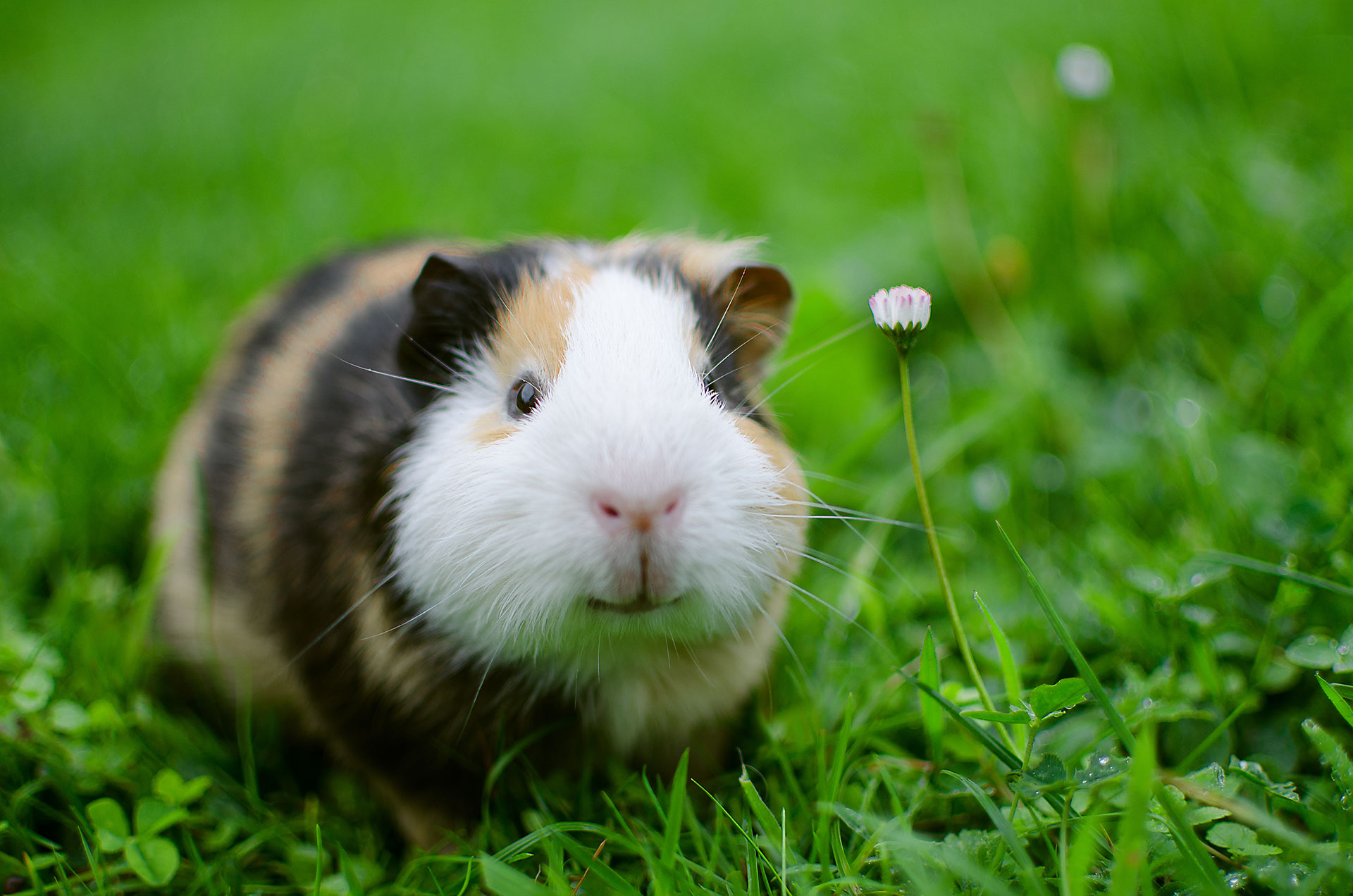
Costs, Time Commitment, and Space Requirements
Although they may not be as demanding as dogs or cats, it is important to consider the costs associated with owning one of these animals. The initial cost of purchasing a pocket pet may be relatively low compared to other pets; however, ongoing expenses can add up quickly.
In addition to food and bedding costs, veterinary care should also be factored in. While pocket pets generally have shorter lifespans than larger animals, they still require routine check-ups and occasional medical attention. Another consideration is the time commitment required to properly care for a pocket pet. Daily feeding and watering are just the basics; these animals also need regular exercise and social interaction to stay healthy and happy.
